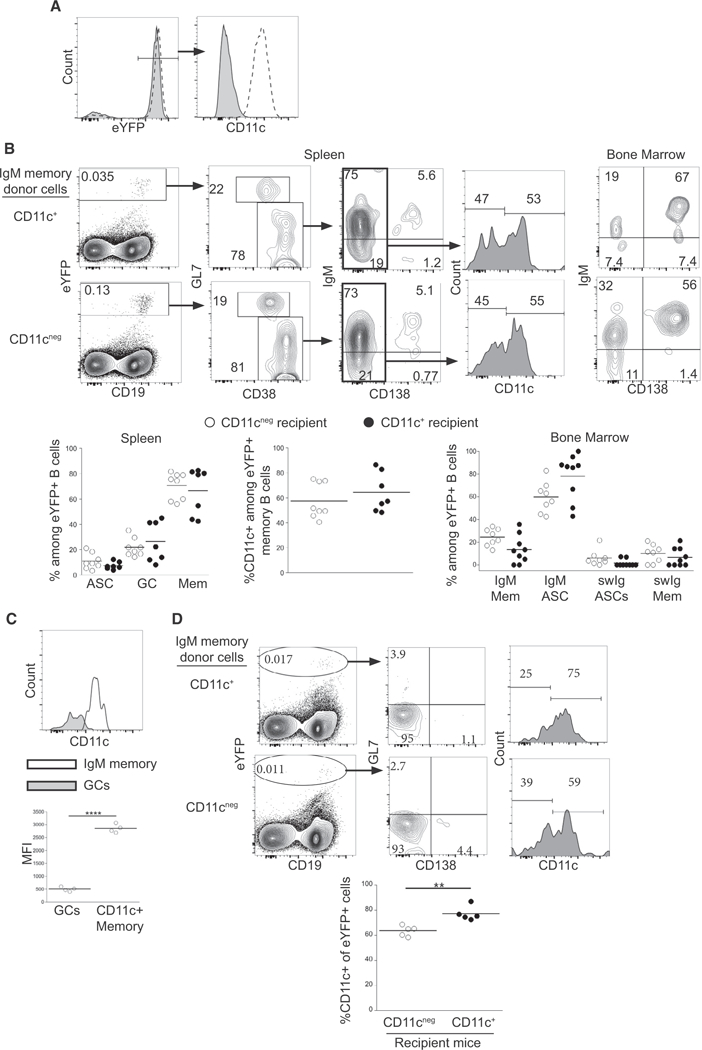Figure 4. IgM Memory B Cell Differentiation Occurred Independently of CD11c.

(A) Purification of CD11c+ and CD11cneg IgM memory cells. eYFP+ GL7neg CD138neg IgGneg memory cells were separated on the basis of CD11c expression. The purified CD11c+ (dashed histogram) and CD11cneg (shaded histogram) B cells are shown.
(B) Equal numbers CD11c+ or CD11cneg eYFP+ IgM memory cells were transferred into naive mice, and the recipient mice were infected. Differentiation of eYFP+ cells in the spleen and BM of recipient mice was analyzed on day 30 post-transfer, as in Figure 3. The percentage of eYFP+ cells in each population and the percentage of CD11c+ among the memory cells are quantified in the plots at the bottom. Statistical significance was determined by doing a comparison between recipient mice for each population, using an ordinary one-way ANOVA (p < 0.0001; F = 26.79; df = 51) with Sidak’s multiple comparison test (left panel), two tailed unpaired t test (middle panel; p = 0.413; t = 0.8531; df = 10.3), and a Kruskal-Wallis test (p < 0.0001) with Dunn’s multiple comparison test (right panel).
(C) CD11c expression among eYFP+ CD38lo GL7+ GC B cells and eYFP+ CD38hi GL7neg CD138neg CD11c+ memory cells in mice that received CD11c+ IgM memory cells 30 days post-transfer. MFI values are quantified in the plot below. Statistical significance was determined using a two-tailed paired t test (p < 0.0001; t = 46.5; df = 3).
(D) Steady-state interconversion of IgM memory cells. CD11c+ or CD11cneg eYFP+ IgM memory cells were transferred into recipient mice that had been infected for 47 days, and differentiation of donor cells in the spleen of the recipient mice was analyzed 21 days later. Statistical significance was determined using a two-tailed unpaired t test in the middle panel (p = 0.0031; t = 4.294; df = 7.335).
The data are representative of 2 experiments (A-C), each containing 3 or 4 mice per group, or one experiment with 5 mice per group (D). In (C) and (D), **p < 0.01, ****p < 0.0001.
